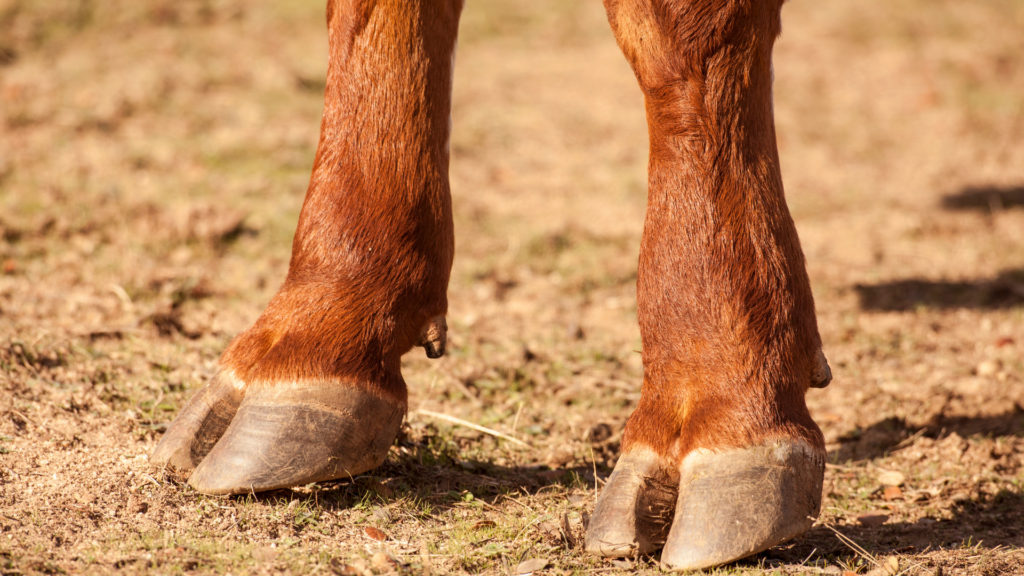Some say that to understand a creature, you must walk a mile in its shoes. For horses, those shoes are their hooves, nature’s masterpieces that carry tales of health, wellness, and sometimes, secrets of neglect.
The Hoof: An Underestimated Indicator
Think of hooves as health barometers. Their appearance, texture, and overall condition often give out signals about a horse’s systemic health, especially dietary and environmental factors.
The Dietary Connection
Just as humans manifest dietary inadequacies through hair fall or brittle nails, horses display health disparities through their hooves. A horse thriving on a natural, nutrient-rich diet will likely have robust, strong hooves. On the other hand, processed feeds, sugar-loaded diets, and other unnatural food sources can lead to deformities or visible damages on hooves.
Embracing the Natural Care Movement
Wild horses don’t attend salons, yet their hooves are often healthier than domestic ones. The difference? Their natural habitat. Over the last decade, there’s been a surge in interest towards reverting to natural hoof care. But there’s more ground to cover in understanding and adopting it comprehensively.
The Barefoot Paradigm
Going ‘barefoot’ isn’t a mere trend but a return to nature’s intended way. Essential facets of this approach include:
- Movement: Regular movement ensures better blood circulation, promoting healthier hooves.
- Diet: An optimized, natural diet is vital. What’s given to a horse directly impacts its hoof’s health.
- Trimming: A proper barefoot trim, mimicking nature’s wear patterns, is the cornerstone of this philosophy.
The Anatomy of a Healthy Hoof
- Ridges, Rings, and Revelations: If you spot any irregularities on the external hoof wall, consider it a red flag. It’s crucial to trace back and find its origin – often linked to dietary shifts or health concerns.
- Growth Narratives: A hoof should have an equable growth direction. Deviations, flares, or uneven patterns can indicate imbalances or nutritional deficiencies.
- The Tale of the Frog: Situated at the hoof’s bottom, the frog should be full and resilient. Variations in its form often relate to the terrain and environment a horse is exposed to. An unhealthy frog can hint at deeper, often overlooked issues.
Thrush: The Sneaky Culprit
Among the many challenges hooves face, thrush remains significant. A fungal infection, its persistence often indicates underlying issues, ranging from unsanitary living conditions to a compromised immune system. Prevention is better than cure: a holistic approach involving a clean environment, proper nutrition, and vigilant care is the key.
In Conclusion:
Natural hoof care isn’t just about tending to the hooves. It’s a holistic approach that integrates diet, environment, and care, when you look closely, every hoof has a story to tell. Spread the word, and let’s prioritize our equine friends’ health.








